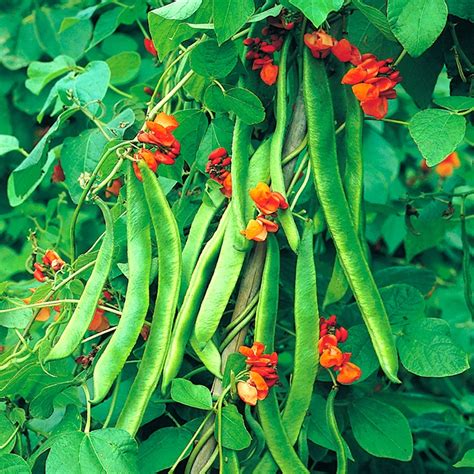Bean frames, trellises, and support structures are essential for the successful growth of climbing beans. Before planting, it’s important to enrich the soil with garden compost and apply mulch around the plants to maintain soil moisture. Unlike bamboo, hazel stakes are naturally knobbly, offering excellent support for climbing plants, especially rampant runner beans. A standard frame can support up to 24 climbing beans, with the option to add a 3m extension for more plants or varieties.
When it comes to planting, the double row method is a classic. Plant two rows of beans or peas about 1 foot (30cm) apart, using canes for support on each side, tied together at the top with string. For quick germination, cover the seeds lightly with compost and place them in a warm, well-lit area. ‘Moonlight’, a white-flowered runner bean variety developed by Tozer Seeds in the UK, is a popular choice among gardeners.
Climbing frames are not only useful for beans but also for other climbing vegetables like squash, cucumbers, and peas. RMENOOR’s 5 Pcs Wigwam Cane Grips are an innovative solution, offering support for peas, beans, sweet peas, tomatoes, and other climbing plants. These cane grips can be used to create DIY bamboo or wooden stake structures. When planting scarlet runner bean seeds, it’s best to sow them individually in 9cm (3”) pots or in root trainers. As the season progresses, the plants will climb and become top-heavy when carrying pods. For optimal growth, ensure your climbing beans are planted in a sunny spot, receiving at least five to eight hours of direct sunlight daily.

For more gardening tools and supplies, check out Plant Supports (search).

